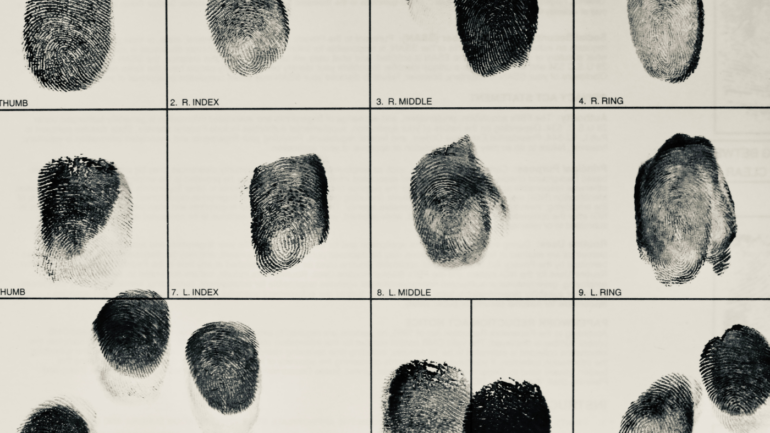From the drama series Only Murders In The Building to the most-loved true crime podcast Casefile, there has been a surge in true crime-based podcasts, dramas, and documentaries.
One of the reasons why people are so drawn into true crime stories is because they want to know what happened and who did it.
Listen to the full episode below:
Many unsolved cases from the past years have been solved with the help of modern technology. DNA is one of the most powerful forensic tools that can pinpoint with an incredible level of accuracy, who was at a crime scene, and even decades later, who was behind the crime.
On this episode of The Science Briefing, Dr Sophie Calabretto speaks to Cosmos Magazine journalist Matthew Aginus about the power of DNA in forensics and how profiling has cracked open cold cases more than 50 years old.
Forensic science heavily relies on small bits of DNA left at the crime scene to link criminals back to the offences they have committed. From a scientific perspective, DNA has become the most crucial advancement in forensics and criminology in the last 40 to 50 years.
“The use of DNA in forensics first started in the 80s by doing DNA fingerprinting. Then, 92 percent of the human genome was decoded for the first time in April 2003. It was fully completed just a few years ago in 2021. And this meant, finally, we have a blueprint for what makes us us,” Aginus said.
The rapid growth of DAN technology has not only helped with tracking suspects, but also has been used for paternity identification.
“Your DNA is what makes you distinguishable from others and therefore, if your DNA is found at a crime scene, it’s much easier to whittle down the fact that you were there or potentially somehow involved,” Aginus said.
The most interesting part is that the DNA of any two people on Earth is 99.6 percent identical, only that 0.4 percent tells the story of who you really are.
Introducing The Science Briefing: a podcast about the science of everything and your new go-to podcast for your snapshot of science news. Hosted by Dr Sophie Calabretto and featuring journalists from Cosmos Magazine. Hear it on the LiSTNR app now.
